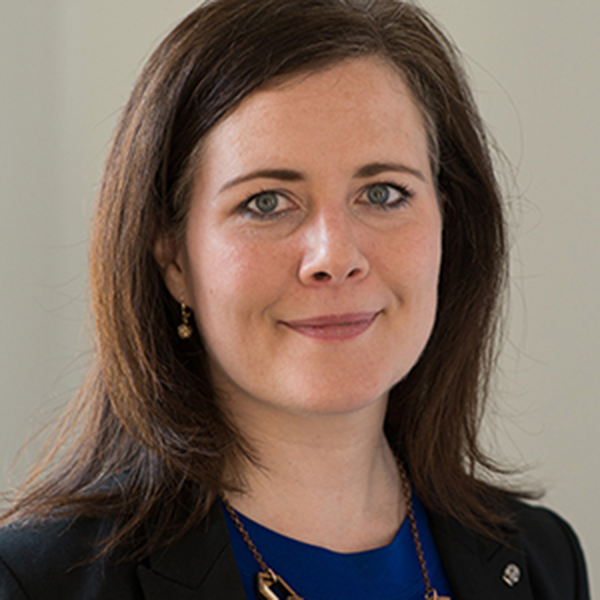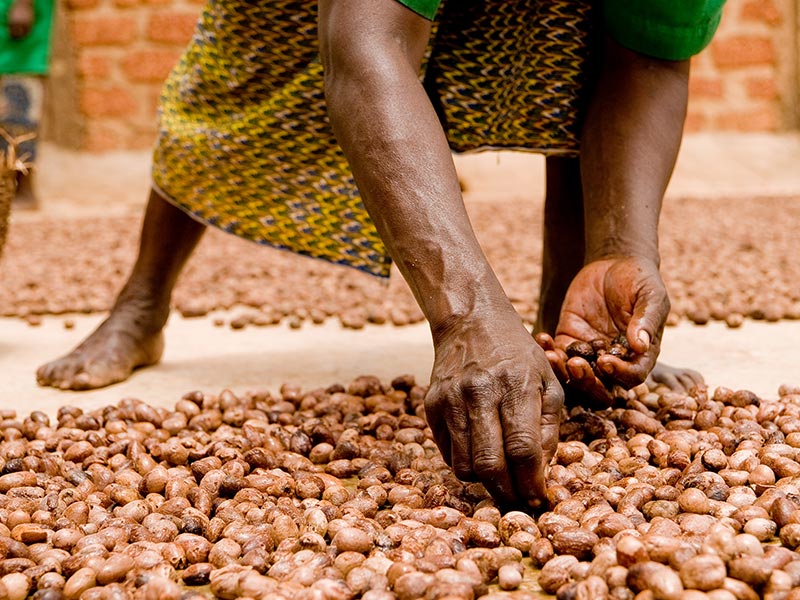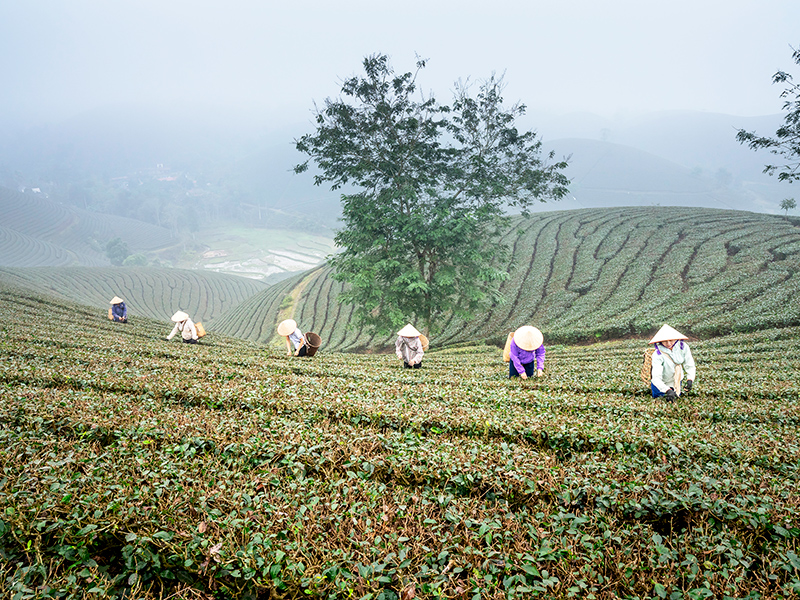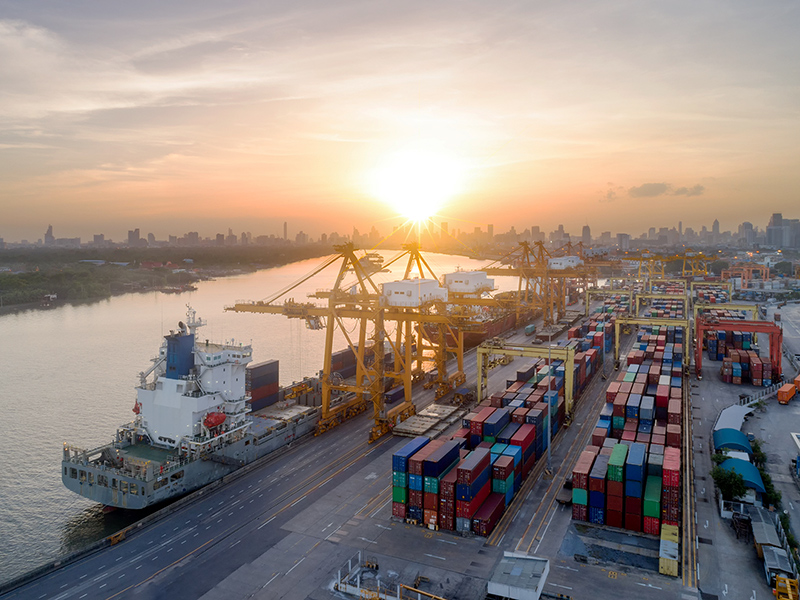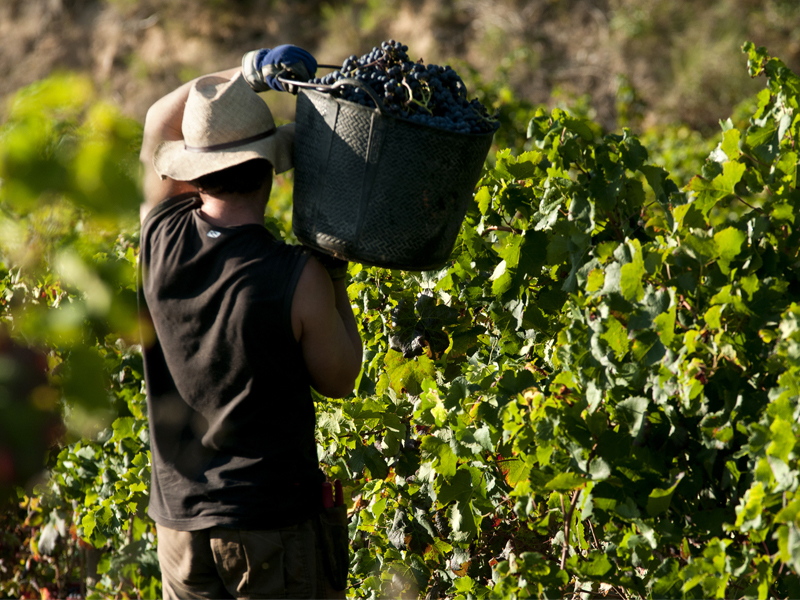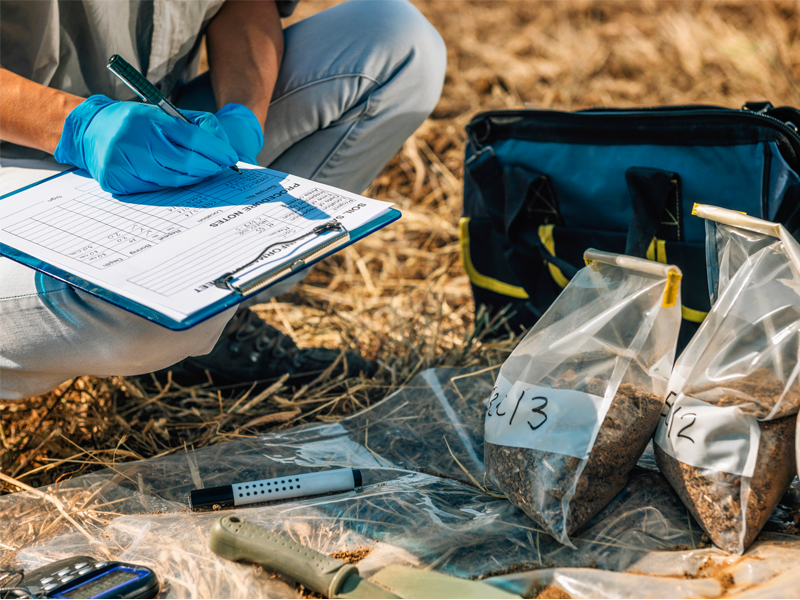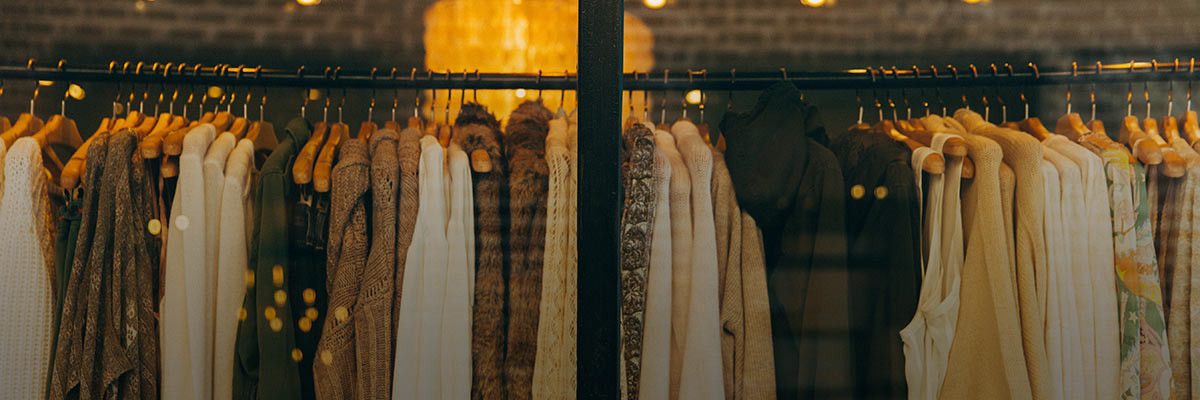
The COVID-19 pandemic has thrown the fashion industry into disarray, leaving supply chain workers without wages and causing major global brands to file for bankruptcy. In the U.S. alone, 2.1 million retail workers lost their jobs due to the crisis. In Bangladesh, the garment sector is expected to lose over a million jobs by December 2020, with over 70,000 workers already laid off. While many of the underlying issues are not new to the industry, the unprecedented situation has made us acutely aware of the fragilities of our current economic system and of just how vulnerable people —especially workers and their communities—are to significant business disruption.
As our society looks to build back better by emerging from the crisis with a more resilient and sustainable system, many industries are planning to integrate circularity into their recovery plans. Indeed, even before the COVID-19 outbreak, circular economic models had been sprouting up at increasing speed in the fashion industry, both to counter its enormous environmental impact and to respond to economic opportunities. The textile industry alone produces 1.2 billion tons of CO2 per year and accounts for around 20 percent of global industrial water pollution. Companies, brands, and designers are increasingly looking to circular fashion models, including resale, rental, and repair, to mitigate these impacts. A strong signal of the circular fashion opportunity: resale grew 25 times faster than the overall retail apparel market in 2019.
This current period of complex disruption presents a unique opportunity to leverage the shift to circularity to address some of the global fashion industry’s persistent and pervasive environmental and social issues.
While the potential positive environmental impact of a shift to circularity is enormous, few organizations are considering the social implications for the more than 60 million people in its value chain. Given the sheer size of the industry and the many ways people intersect throughout production and consumption, social implications, whether positive or negative, are unavoidable. Women, who comprise between 60 to 90 percent of total apparel workers, of whom an estimated 80 percent are women of color, will likely take the brunt of the impact due to their precarious working conditions and existing gender-based discrimination.
BSR’s new brief, Taking a People-Centered Approach to a Circular Fashion Economy, explores the potential social impacts that may emerge from a mainstream shift to circular fashion.
Informed by BSR’s research and stakeholder engagement supported by Laudes Foundation, an independent foundation tackling the dual crises of climate change and inequality, the brief proposes opportunities for businesses, policymakers, and advisors to design circular fashion business models to be inclusive and fair from the outset. In addition, we provide a set of guiding questions for companies and organizations to practically think through the social impacts of their shifts to circular fashion models, aiming to avoid and mitigate negative social impacts and more consciously target positive social impacts.
“The vision of ‘circular economy’ presents an economy that is compatible with nature, but we cannot take for granted that it will be inclusive,” says Megan McGill, Senior Programme Manager at Laudes Foundation. “BSR’s work is enabling us to ensure that in our pursuit for a regenerative and restorative economy, we are actively managing and promoting the rights and equity of people touched by the fashion sector.”
By taking a people-centered approach, we can build a more resilient industry and respond to the calls from stakeholders.
This current period of complex disruption presents a unique opportunity to leverage the shift to circularity to address some of the global fashion industry’s persistent and pervasive environmental and social issues. By taking a people-centered approach, we can build a more resilient industry and respond to the calls from stakeholders—through safer inputs that increase the health and safety of workers and production communities, enabling creative and dignified employment, and building inclusive models adapted to the needs of a diverse consumer base.
Supported by Laudes Foundation, BSR is continuing to explore the impacts of the shift to circular fashion on job opportunities and quality—a topic largely ignored in the circular transition to date and which we begin to delve into in this brief. Our current work aims to explore and develop responses to these impacts in collaboration with fashion companies and broader industry stakeholders. In addition, we will leverage strategic foresight in developing and testing practical recommendations with special focus on the U.S., Europe, and India.
This brief was developed by Cliodhnagh Conlon and Annelise Thim, with input from Laura Macias and Magali Barraja and with the support of Laudes Foundation. As we delve deeper into this topic, we are keen to hear feedback and learn from others who are working to ensure that the circular fashion transition delivers benefits for people. If you are currently working on circular fashion or would like to learn more about our work, please reach out to connect with the team.
Topics
Let’s talk about how BSR can help you to transform your business and achieve your sustainability goals.
